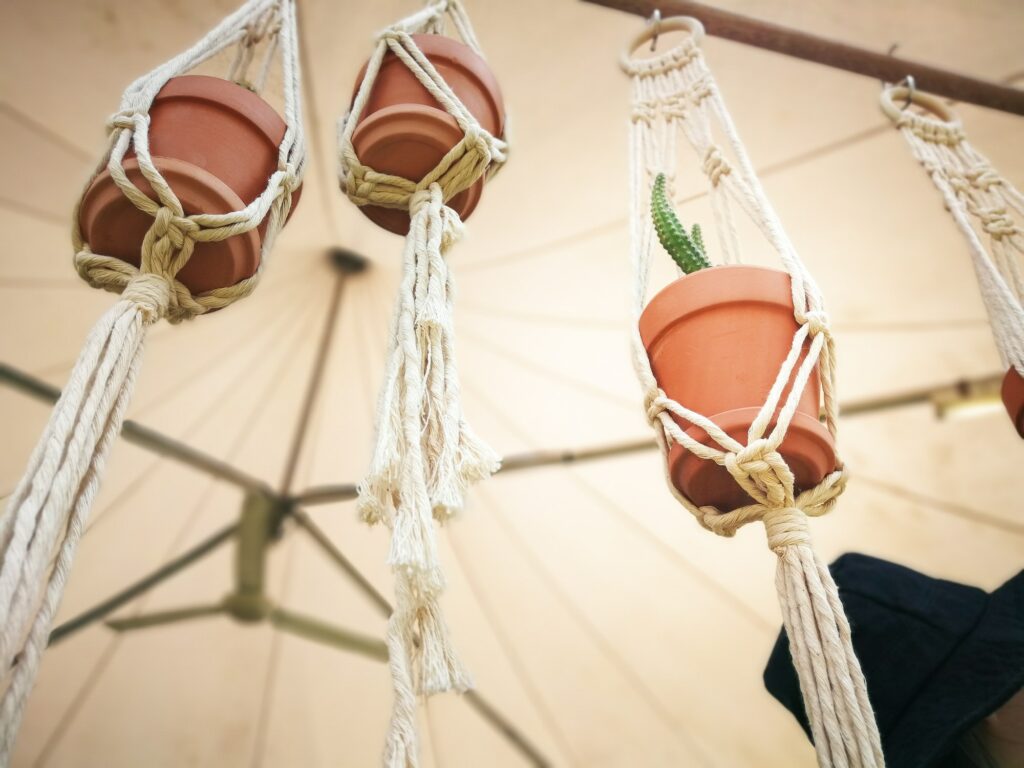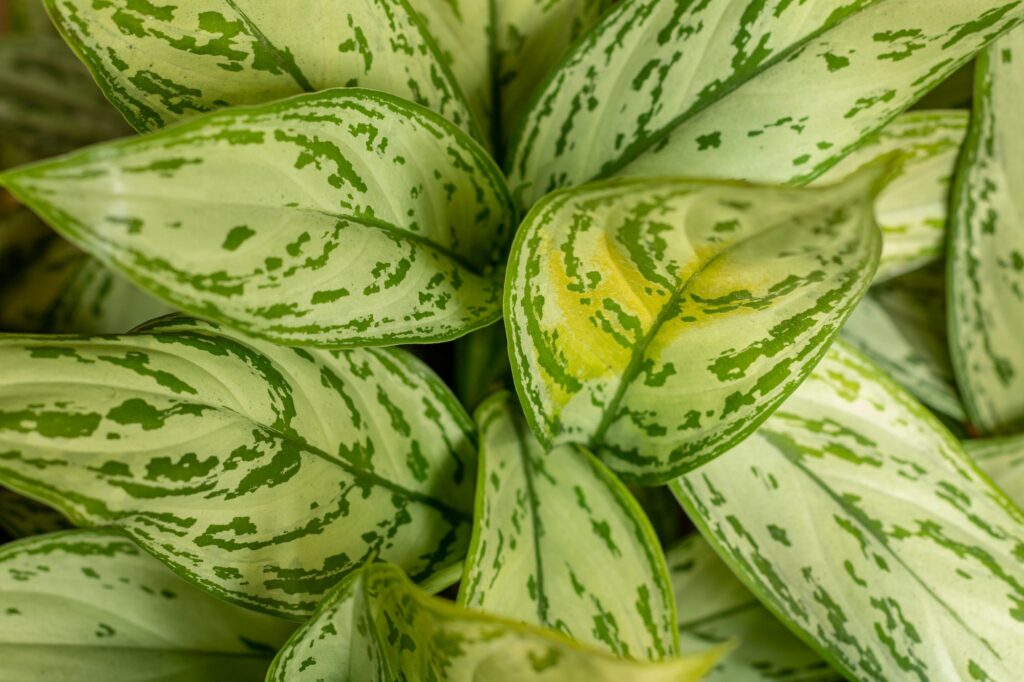
Plants are a great way to add beauty to your home and make it feel alive. But, if you don’t have the best conditions for decorating plants, it can be hard to find one that will thrive in your environment.
The Best Hanging Plants For Low Light
Pothos Plant
One of the best plants for low light conditions is the Pothos plant. Pothos is a very popular plant that can grow both indoors and outdoors. It has a long, thick stem with small leaves and can be easily propagated by cuttings or seeds. It grows quite quickly, so it’s perfect for low-light conditions.
Heartleaf Philodendron
Heartleaf philodendron is a popular houseplant that thrives in low light. It has small, heart-shaped leaves with green and reddish-brown markings. Its heart-shaped leaves are also good for the soul as they symbolise love and affection.
Zz Plant
ZZ Plant is a low-light plant with a unique shape and can thrive in small spaces. It’s also easy to care for and has a long lifespan.
It is an ideal plant for low light conditions. The leaves are covered with green, which helps them absorb more light than other plants. They also have red veins that reflect the light, making the plant more visible in dark spaces.
Chinese Evergreen Plant

The Chinese evergreen plant is a type of plant that can be used as a hanging plant. It is best suited for low-light conditions. This plant can be found in several colours, shapes, and sizes.
They are ideal for homes with low light because they require little care and don’t need much sunlight to survive. Hanging plants help to create a natural ambience in the indoor environment. They also help filter out harmful air pollutants by absorbing carbon dioxide and giving off oxygen.
Spider Plant
Spider plants are very easy to maintain and propagate. They are also adaptable to different environments and light conditions. They can grow in the shade or full sun and tolerate most indoor or outdoor conditions.
Spider plants are often used as indoor houseplants because they thrive in low light levels, but they can also be used outdoors as hanging plants, climbers, or ground covers.
Peperomia Plant
The Peperomia plant is one of the best hanging plants for low light. This plant has small, heart-shaped leaves that are dark green in colour.
Peperomia plants don’t require much attention and can be found in different shapes and sizes. They also thrive in low-light conditions and are easy to clean up after they die. The Peperomia plant is a good choice for those who want to add life to their home or office without much work.
English Ivy
English ivy is the best plant for low light. It’s a climbing plant that can reach up to 7 feet in height and grow on walls, fences, and trellises.
English ivy is a popular hanging plant that can reach up to 7 feet in height and grow on walls, fences, and trellises. It has glossy leaves with deep green colour that will add a natural touch to your indoor space.
Why Is It Important To Hang Plants?
Plants are often overlooked but play an important role in our lives. Plants provide oxygen, clean the air, and make us feel better.
The importance of plants is not just limited to their benefits for humans and nature. Plants act as a natural filter which helps control the pollution levels in the air. Hanging plants is a great way to bring more light into your home, and it also provides you with some freshness and life.
Hanging Tips: Plant Protection & Successful Hanging
Hanging is a great way to make your plants happy, but if you don’t know the best way to do it, you might end up with an unhappy plant.
Here are some tips for hanging your plants.
- Use an air circulation system. The best and most effective way to do this is by using a timer and turning on your fan for about 10 minutes before hanging it up.
- Some plants like being near the window, so put them in front of one and see if they like it there or not. If they don’t like it, move them a few inches away from the window and try again.
- Ensure you have enough room in your house for all these plants! If not, consider moving them into another room or outside on the porch or balcony.
- Place your plant where you want it to be when you’re finished hanging it up, so there’s no need to move it later.
Some plants can’t be hung up because they’re too delicate or too large or need to stay somewhere for other reasons.
Conclusion
In conclusion, the best-hanging plants in low light are plants that should be able to grow in a container or pot. This will allow them to be moved easily, if necessary.
Many people turn to hanging plants in low light conditions because they give a sense of life and a calming effect. Hanging plants are also great for creating an airy and natural atmosphere in a room.
Was this article helpful? Let us know in the comments.
FAQs
What hanging plants last the longest?
The best way to keep plants alive is to water them regularly. But some plants can last up to 10 years without watering, and they are called hanging plants.
The following are some of the other types of plants that can last a long time without being watered:
- Pothos – lasts for 3-5 years without water.
- Philodendron – lasts for 4-6 years without water.
- Jade Plant – lasts for 7-9 years without watering.
What can I use instead of hanging baskets?
Hanging baskets are a popular option for gardeners, but they can take up a lot of space and may not be ideal for all gardens. Additionally, hanging baskets are not the most effective way to grow plants indoors. Other alternatives to hanging baskets can help you achieve your gardening goals.
Here are some of the best alternatives to hanging baskets:
- Styrofoam trays and pots.
- Wire baskets.
- Wooden planters.
- Wire mesh containers.
What hanging plants do well indoors?
Hanging plants are a great option for indoor decor. They can be easily transferred from one room to another and don’t need much care. Ferns are a good option for hanging plants because they can grow in low-light conditions and require little care.
The best part is that you won’t have to worry about them getting too big and taking up too much space in your home. Some other options include peace lilies, begonias, and orchids.


